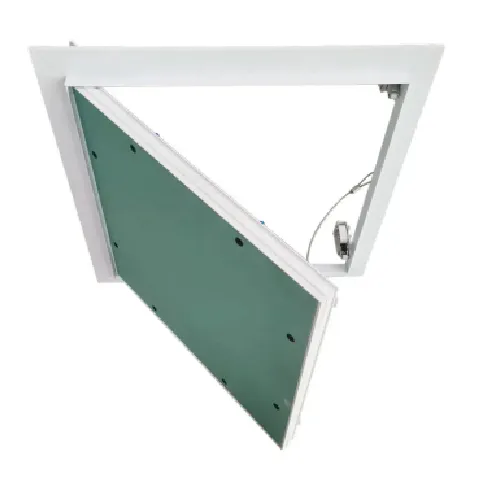Dec . 09, 2024 23:14 Back to list
Exploring the Benefits and Design Options of Ceiling Tees in Modern Interiors
Understanding Ceiling Tees A Comprehensive Overview
Ceiling tees, often referred to as T-bars or ceiling grid systems, play an essential role in the construction and design of modern interiors. These components are primarily used in suspended ceiling installations, providing not only support for ceiling tiles but also improving the aesthetic appeal of various spaces, from commercial buildings to residential homes. In this article, we will delve into the significance, types, installation processes, and benefits of ceiling tees.
What are Ceiling Tees?
Ceiling tees are horizontal support structures that form the grid framework for suspended ceilings. The primary function of these components is to hold up ceiling tiles or panels, creating a space between the original ceiling and the new hung ceiling. This suspended setup allows for easier access to wiring, plumbing, and HVAC (Heating, Ventilation, and Air Conditioning) systems, making maintenance and modifications simpler and more efficient.
Typically, ceiling tees are shaped like the letter T, where the shorter section (the stem) is secured to vertical wall angles, and the longer section (the top bar) runs parallel to the ceiling. This grid-like pattern provides a reliable structure on which ceiling tiles can be laid.
Types of Ceiling Tees
There are several types of ceiling tees available in the market, each designed to suit specific aesthetic and functional needs
1. Standard T-Bar The most common type used in commercial settings, usually made of metal, offering durability and a sleek appearance.
2. Acoustic T-Bar Designed to aid in sound absorption and reduction, these tees are commonly used in offices, schools, and auditoriums where noise control is crucial.
3. Grid-Lok T-Bar Features a unique locking mechanism that secures ceiling tiles in place, enhancing safety and stability, making it suitable for high-traffic areas.
4. Flexible T-Bar These are designed to accommodate irregular ceiling shapes and curves, providing versatility in design.
Installation Process
Installing ceiling tees involves several crucial steps
1. Planning Measure the room dimensions and develop a design layout for your ceiling. This will help determine how many tees and tiles you will need.
ceiling tees

2. Marking Using a chalk line, mark the height at which the ceiling will be suspended. It’s essential to ensure that the lines are level to achieve a uniform appearance.
3. Installing Wall Angles Attach wall angles to the perimeter of the ceiling area. The top edge should align with the marked line.
4. Installing the Main Tees Start laying the main tees following the marked guidelines, securing them to the wall angles and adjusting for levelness.
5. Adding Cross Tees Once the main tees are in place, insert the cross tees to form the grid pattern, ensuring they fit snugly within the main tees.
6. Placing Ceiling Tiles Lastly, carefully lay the ceiling tiles or panels onto the grid system, ensuring that they fit securely and are evenly aligned.
Benefits of Ceiling Tees
The installation of ceiling tees offers several benefits
- Easy Access The space between the original ceiling and the suspended ceiling provides easy access for maintenance of electrical and plumbing systems.
- Enhanced Aesthetics Ceiling tees enable a wide variety of design options, accommodating different styles and preferences.
- Acoustic Properties Certain types of tees can improve sound absorption, making them ideal for environments requiring noise control.
- Energy Efficiency The space created by the suspended ceiling can aid in insulating rooms better, contributing to energy savings.
- Fire Safety Many ceiling tile options, when combined with ceiling tees, can contribute to improved fire ratings.
Conclusion
Ceiling tees are an integral component of modern interior architecture, offering functional and aesthetic benefits across a variety of settings. Whether for residential renovations or large commercial projects, understanding the role and advantages of ceiling tees can help in making informed decisions regarding ceiling installations. By selecting the right type and facilitating proper installation, homeowners and contractors alike can achieve optimal results, transforming spaces into visually appealing and practical environments.
-
Quality Ceiling Trap Doors & Access Panels | Easy & Secure AccessNewsAug.30,2025
-
Durable Ceiling T Grid Systems | Easy InstallationNewsAug.29,2025
-
PVC Gypsum Ceiling: Durable, Laminated Tiles for Modern SpacesNewsAug.28,2025
-
Pvc Gypsum Ceiling Is DurableNewsAug.21,2025
-
Mineral Fiber Board Is DurableNewsAug.21,2025
-
Ceiling Tile Clip Reusable DesignNewsAug.21,2025







